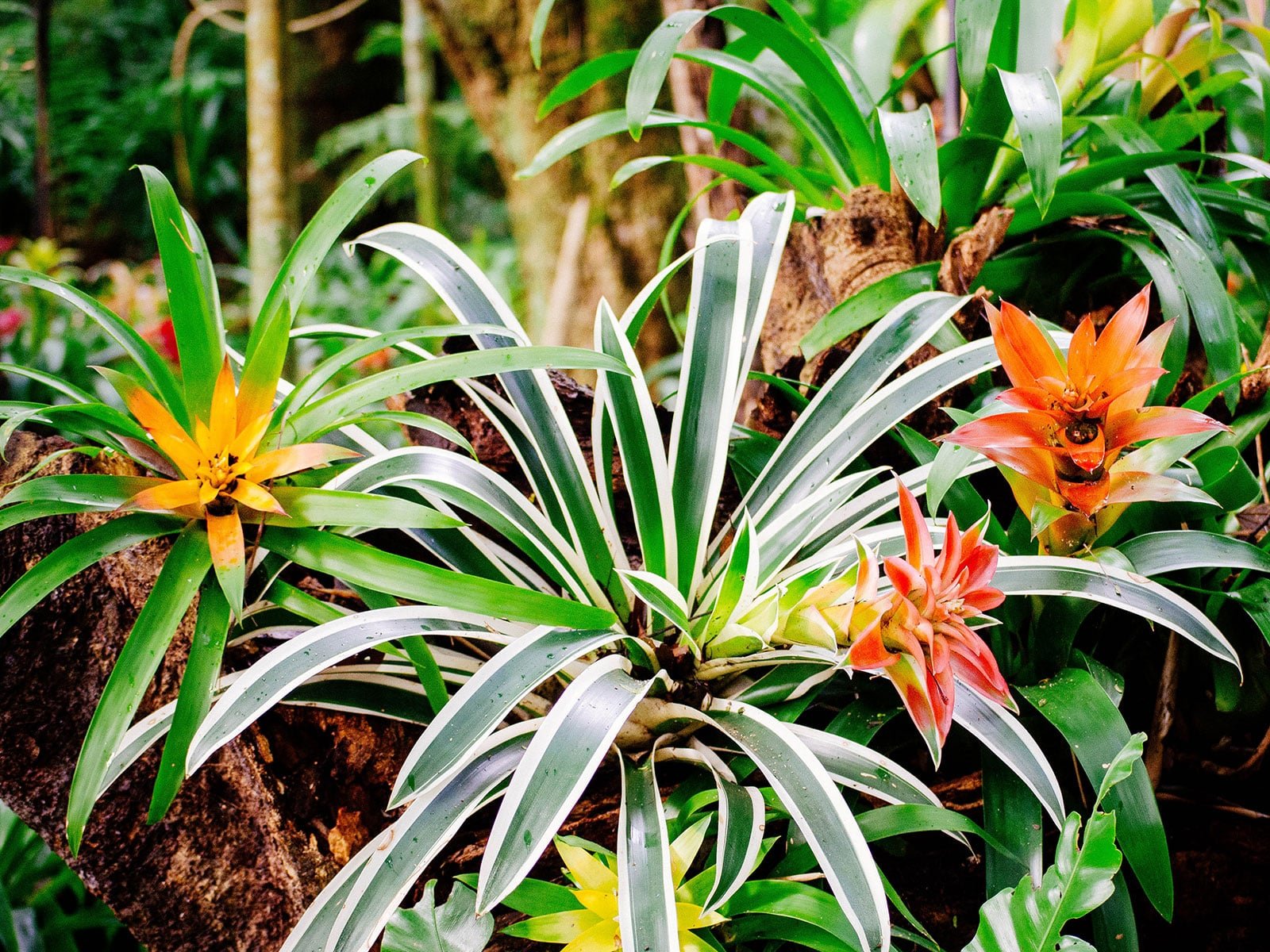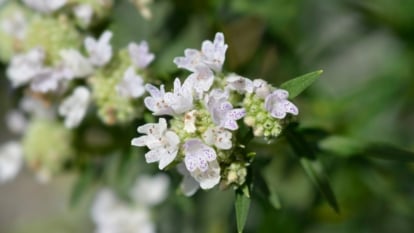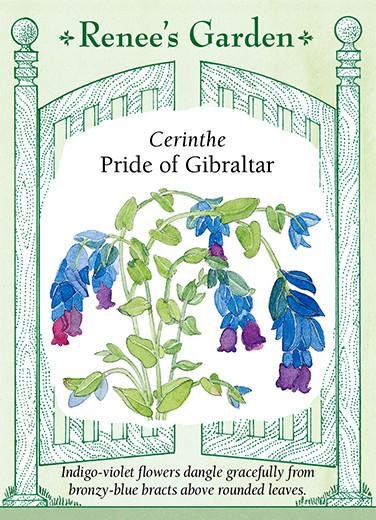Climbing roses take the garden to new heights in color, fragrance, and scale. The Rosa genus holds over 150 species, with numerous cultivars in all sizes and colors to ramble, crawl, and climb.
Climbing roses add vertical appeal to the garden from near and far. With enough sunlight, they’ll fit a variety of garden spots. Place a climber along a porch pillar, on an archway above the front door, or let it run along a garden wall. Their easy care (with some help from the gardener) and gorgeous, repeat blooms enchant the landscape in a new dimension.
Climbing Rose Overview
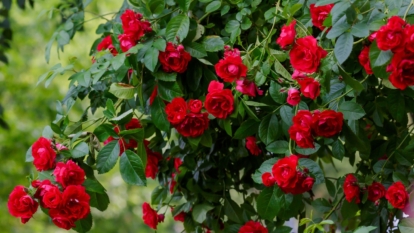
|
|
What are Climbing Roses?
Carefree climbing roses grow in a variety of situations and positions. They brighten garden corners, soften structures, and envelop the visitor in fragrance.
These climbers grow beautifully on trellises, house walls, arbors, pillars, arches, and along fences. They don’t twine or vine naturally like other climbing plants; they need support, training, and tying to a sturdy structure.
Without upright support, climbing roses grow as free-standing shrubs. Let them ramble down a slope, crawl along a wall, form a groundcover, or make graceful, arching garden specimens.
Choose a disease-resistant variety for optimal landscape performance with easy care qualities. Many climbers bring vigorous growth, fragrant, colorful blooms, and multi-season appeal.
Characteristics
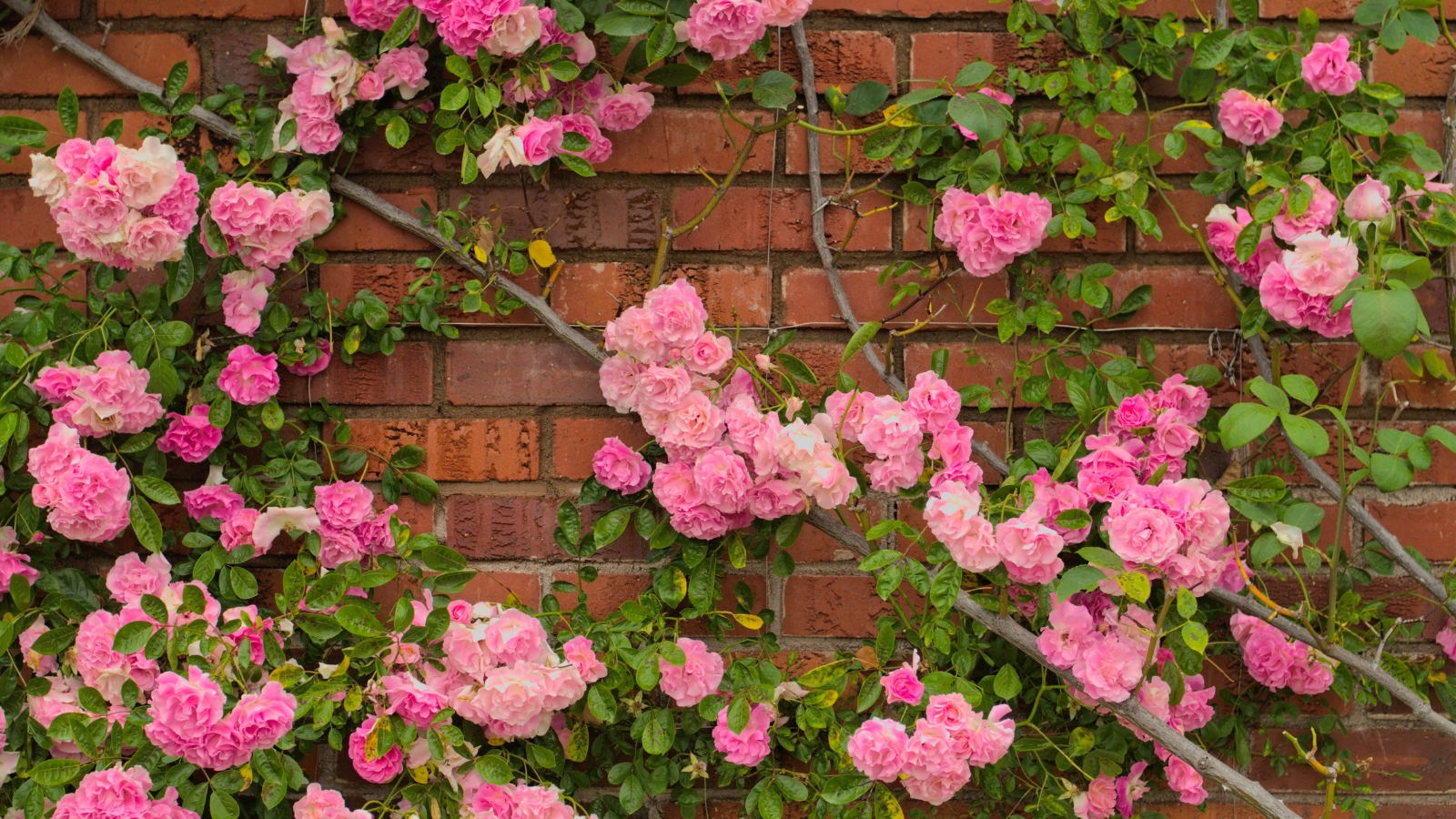
Long, pliable canes set climbing roses apart from other roses. Depending on the variety, many have prickles (thorns) or are nearly thornless.
Climbers usually bloom in a big flush, singly, or clusters in spring or early summer. Flowers repeat throughout the season, often with a smaller flush in early fall. Fragrant climbers fill the garden with sweet, clove-scented perfume.
Rose blooms attract pollinators, especially those with open centers – easy access for bees and other insects. As flowers fade, rose hips emerge, bringing lasting winter interest and food for birds and other wildlife.
Native Area
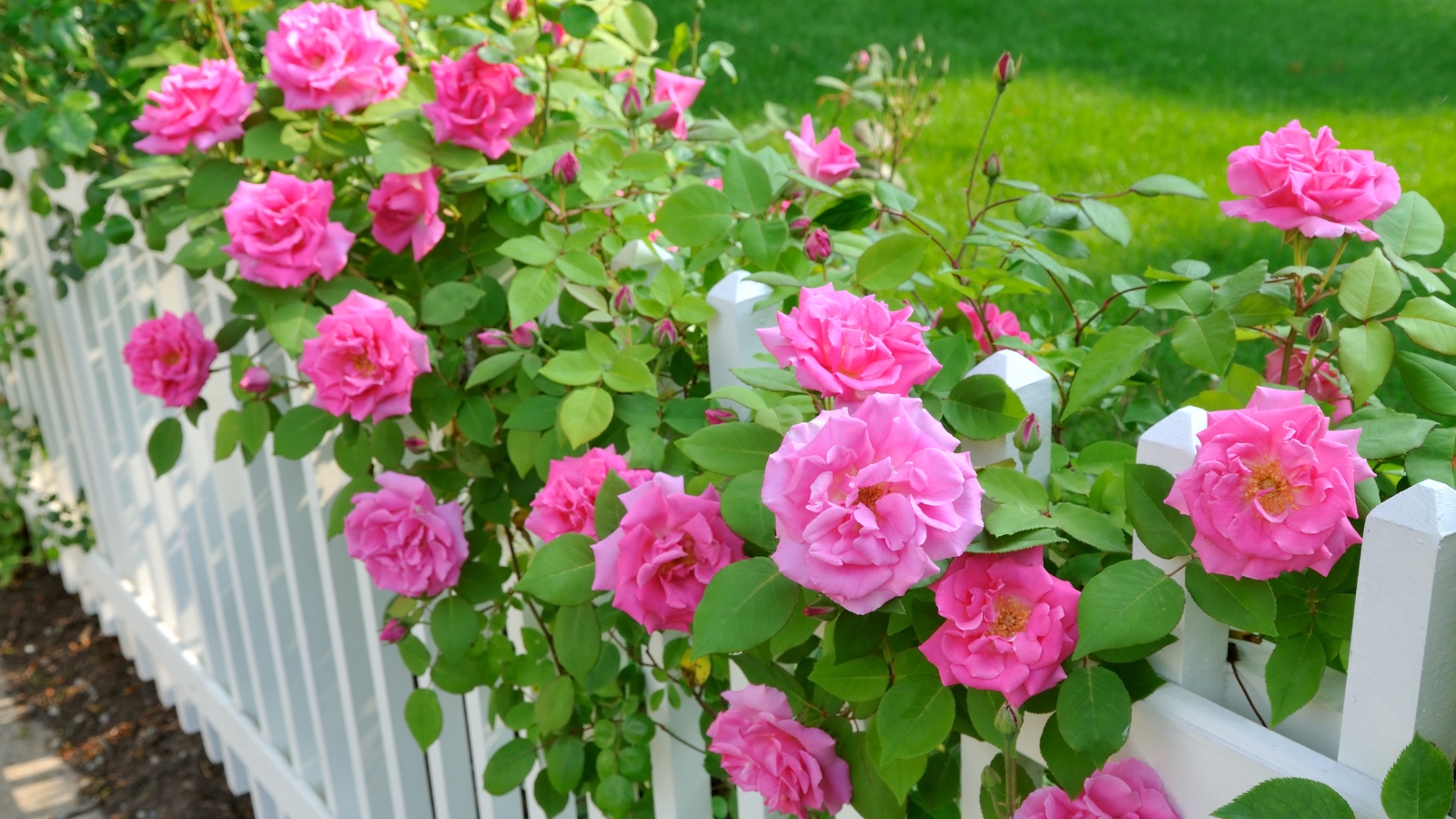
Climbing roses fall into informal classifications of ramblers and modern climbers. Rambling roses generally bloom once in the season with a long, sprawling habit. Modern climbers usually repeat bloom on more compact canes.
The origin of rambling roses from old roses is complex. It’s thought that most modern climbers are descendants of wild climbing species likely originating in eastern Asia. Rosa wichuraiana and Rosa multiflora crosses led to new cultivars with long canes for climbing.
Successful modern climbers often arise from hybrid rose selections as sports (genetic mutations resulting in offshoots). Breeders cultivate these offshoots for the traits of the parent plant in climbing form. Today’s cultivars, old and new, represent the best of the best in climbing vigor, flowering, and fragrance.
Planting
Climbing roses grow in a variety of situations and versatile positions. Place them near a support structure like a pillar, wall, arbor, or trellis for climbing. In their second year, long canes develop. Tie these to your support structure to direct growth.
For good air circulation and to plan for maturity, leave ample space around the plant for air movement and ensure roots have enough room to spread. Leave at least one foot between roses and companion plantings and three to four feet between larger plants to avoid overcrowding.
Transplanting
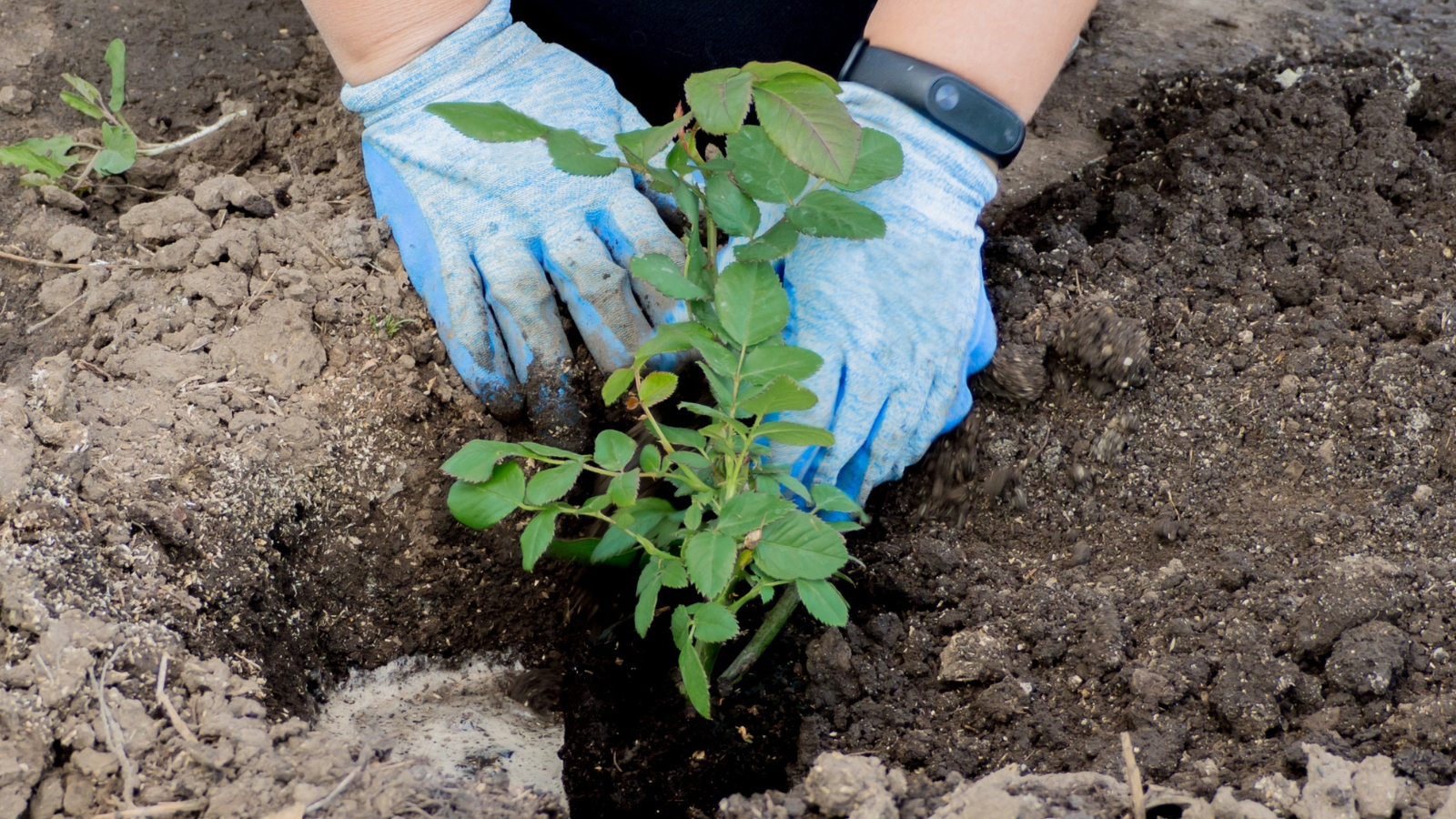
Roses can be planted year-round, with the best conditions generally in late winter, early spring, and fall. Cool temperatures and seasonal moisture set the site for success. Avoid frozen or waterlogged conditions and periods of extreme heat or drought for the least stress on the new plant.
Roses ship potted or bare-root, usually in January through May, depending on your climate. Look for “own root” roses for plants propagated from a single variety with their own developed root system or grafted stock for increased vigor.
Bare root roses arrive dormant without soil but quickly fill out after planting and with warming temperatures. They’ll establish over the spring for summer blooming.
Before planting a bare-root rose, soak it in water for 24 hours. Dig a hole six to eight inches larger than the root ball to accommodate all the roots comfortably and to loosen the surrounding soil. For both nursery potted and bare-root plants, amend the native soil with compost.
How to Grow
As roses go, many climbers grow vigorously in the right cultural conditions. They bloom and climb best if first grown horizontally before training them to grow vertically. They’ll send off additional shoots for more blooms.
Long canes train easily on upright structures. Canes don’t twine independently; they’ll continue to need tying off as they grow. Canes may become heavy as they grow, but the stunning reward is worth the work.
Essential to growing healthy roses is ensuring air circulation for plant vigor and health while preventing foliar diseases. Climbers thrive with the same foundational requirements as other roses. Vigorous, disease-resistant varieties ensure a hardier, more carefree plant.
Light
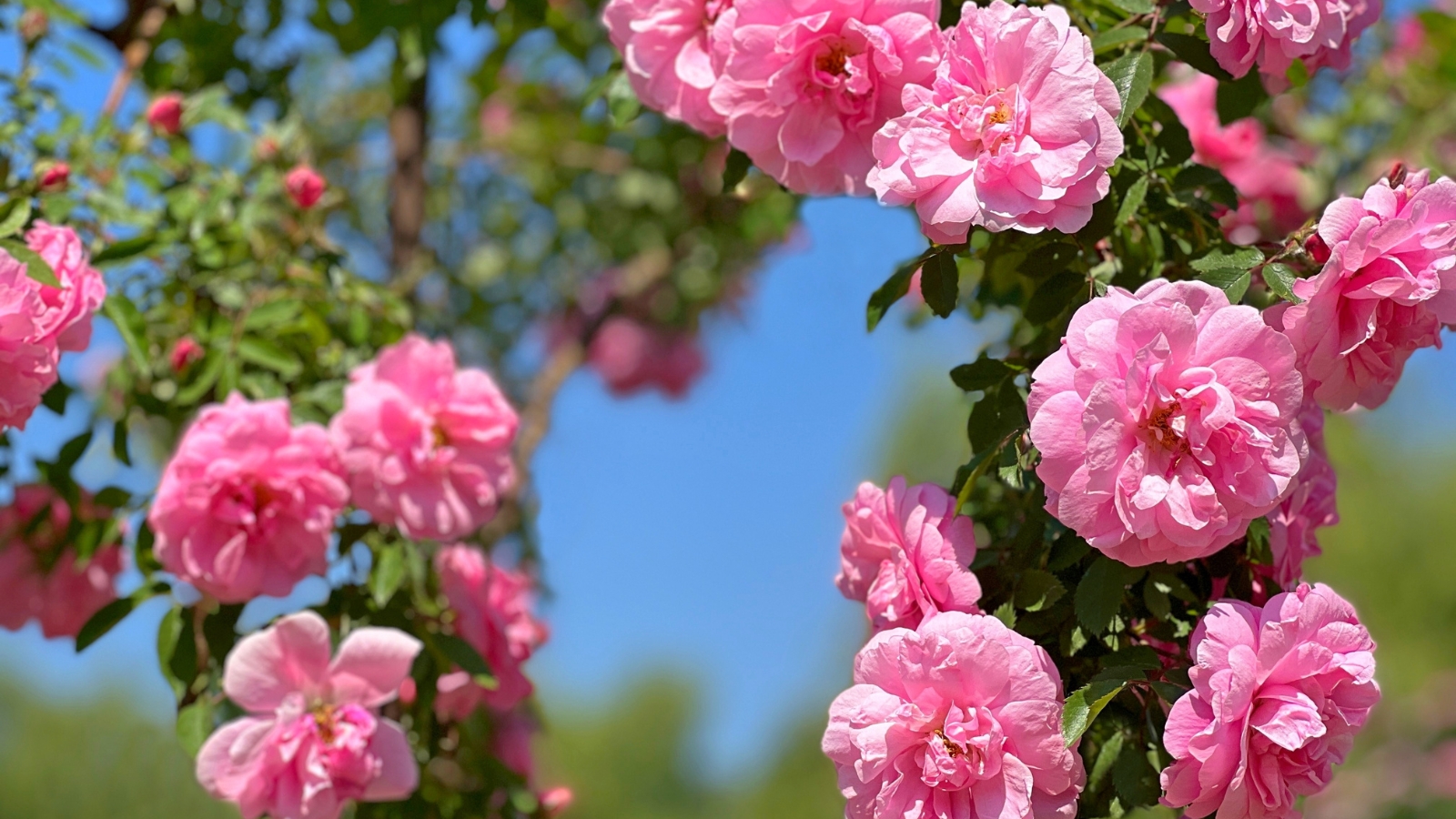
Climbing roses grow best in full sun, where blooming and disease resistance improve with at least six hours of sunlight daily. Some climbers tolerate part shade, needing about four hours of sunlight. In hot summer climates, they benefit from the morning sun with protection from direct afternoon rays.
Water
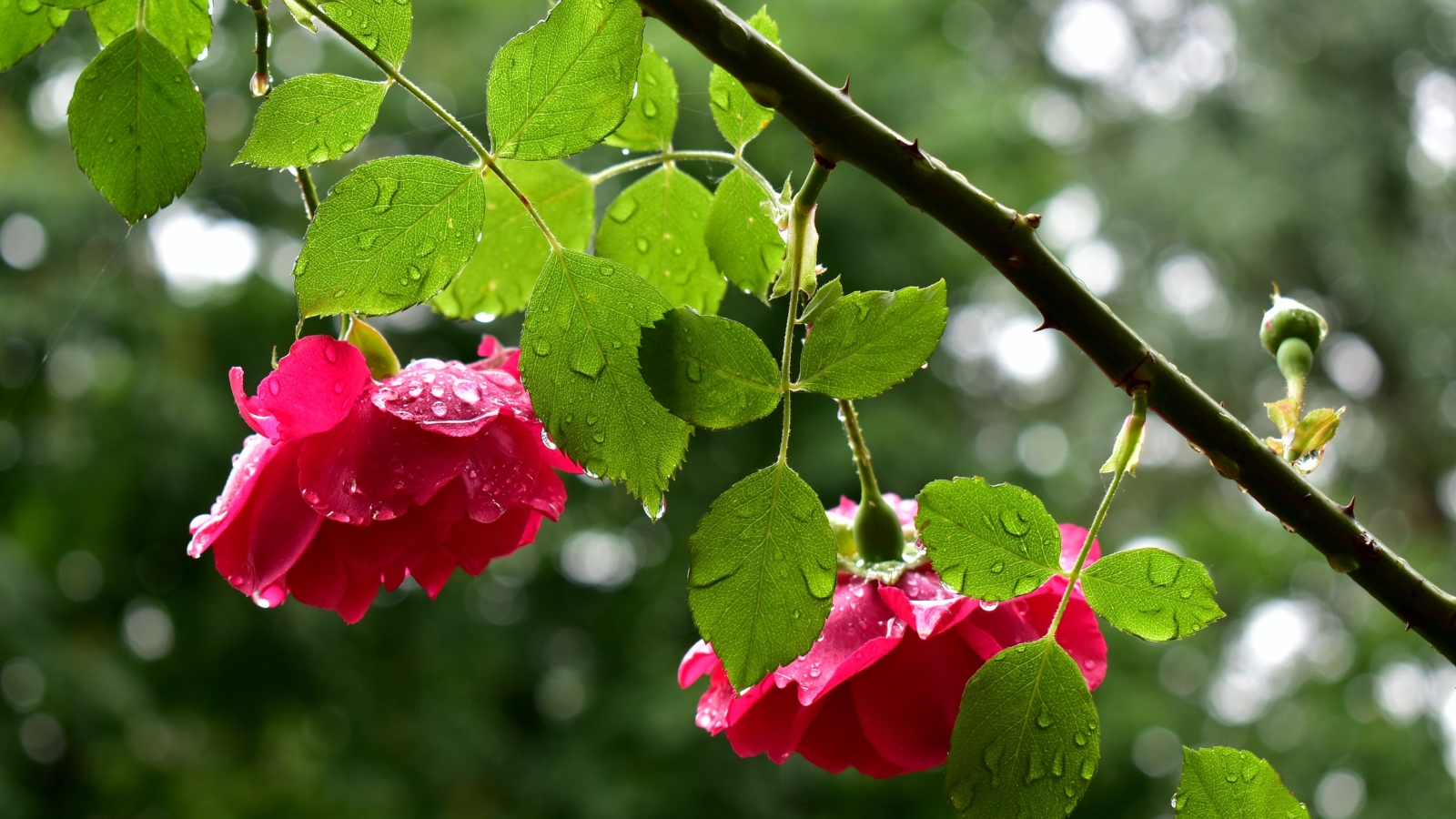
Irrigate deeply throughout the growing season when soils are dry to a depth of one inch. When newly planted, ensure the soil stays moist until the roses are established (about one month). Once established, water needs are average at about one inch per week. Watering too frequently increases root diseases.
Aim to water in the morning, preferably with drip or ground-level irrigation. Refrain from overhead watering to help prevent foliar diseases, especially avoiding evening or nighttime sprinklers.
Soil
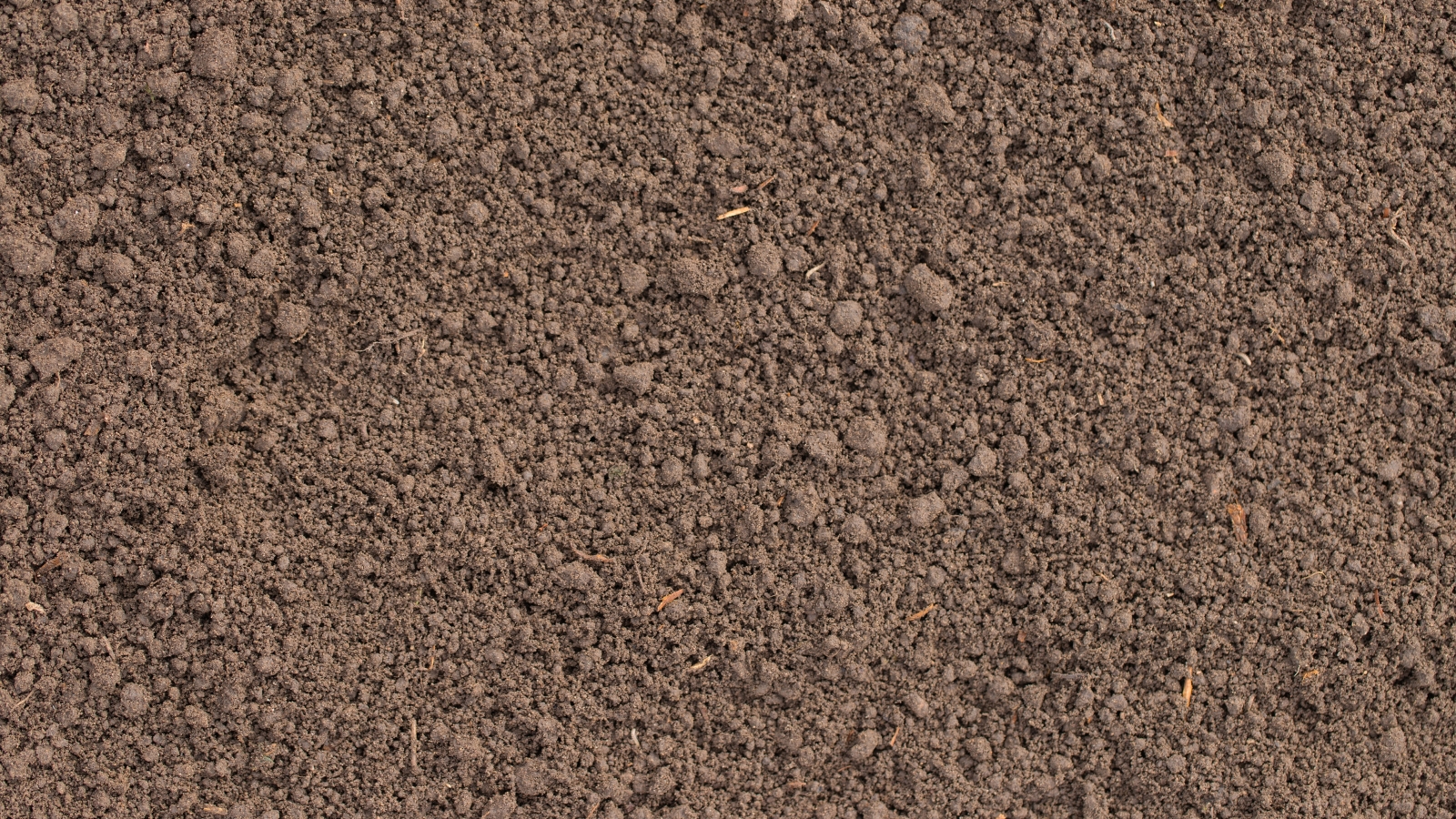
Like all roses, climbers prefer loose, rich, slightly acidic soils with a pH between 5.5 and 6.5. Climbers thrive in well-draining soils with even moisture.
Add three to six inches of compost from completely broken-down plant material at planting. Compost will help with aeration, moisture retention, drainage, and nutrition.
Temperature and Humidity
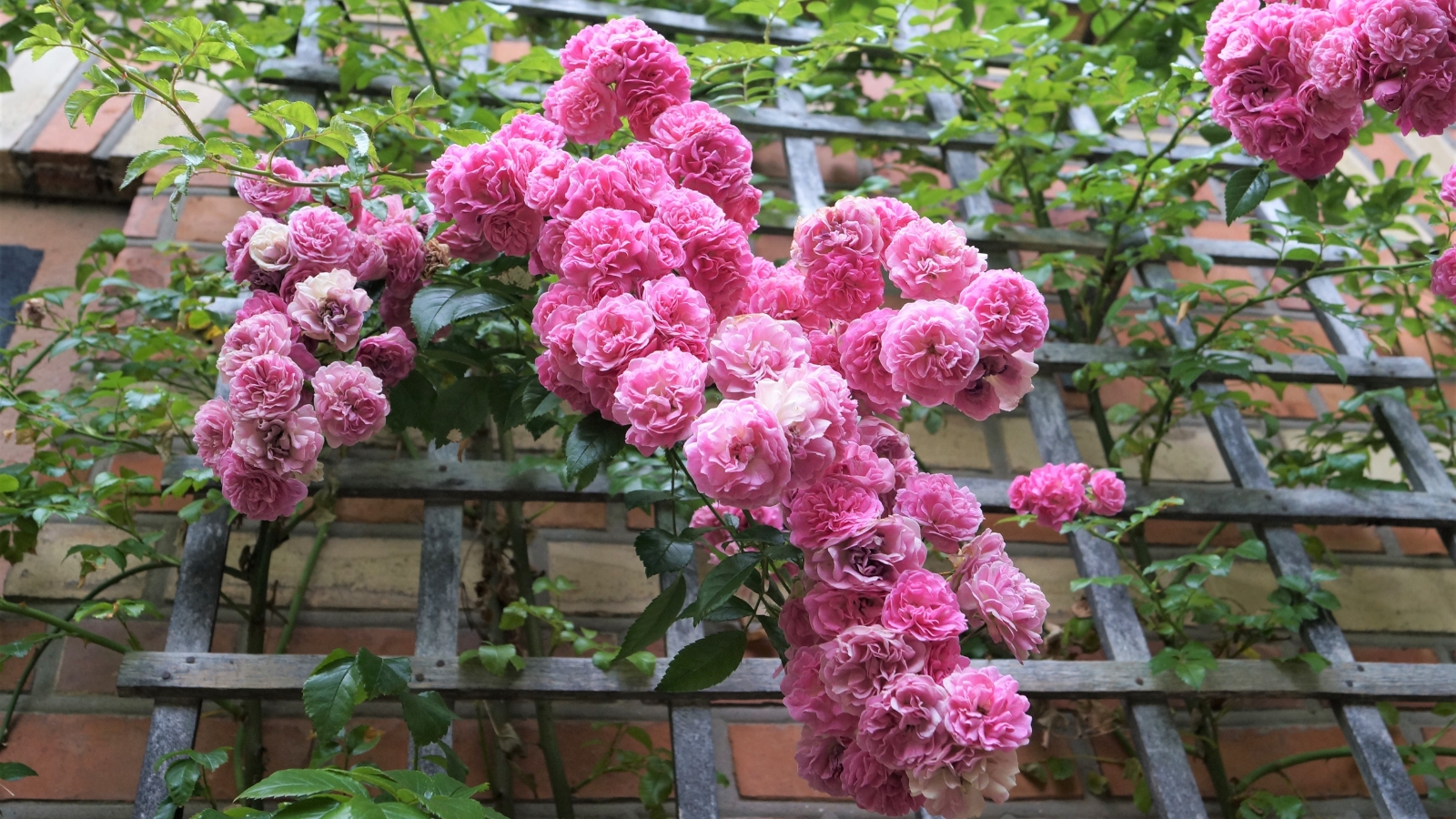
Many climbing roses are both cold-hardy and heat tolerant, with the ability to withstand extreme temperatures (we’ll explore a few varieties below). Check the variety to ensure your USDA zone suits the rose. For planting, roses prefer temperatures between 40 and 60℉ (4-16°C).
Mulch in the summer to regulate temperatures by keeping roots cool. In cold winter areas, protect the rose crowns for best overwintering.
Some climbers succeed in areas with high humidity but need plenty of air circulation. Ensure enough space around the plant and avoid overcrowding.
Fertilizing
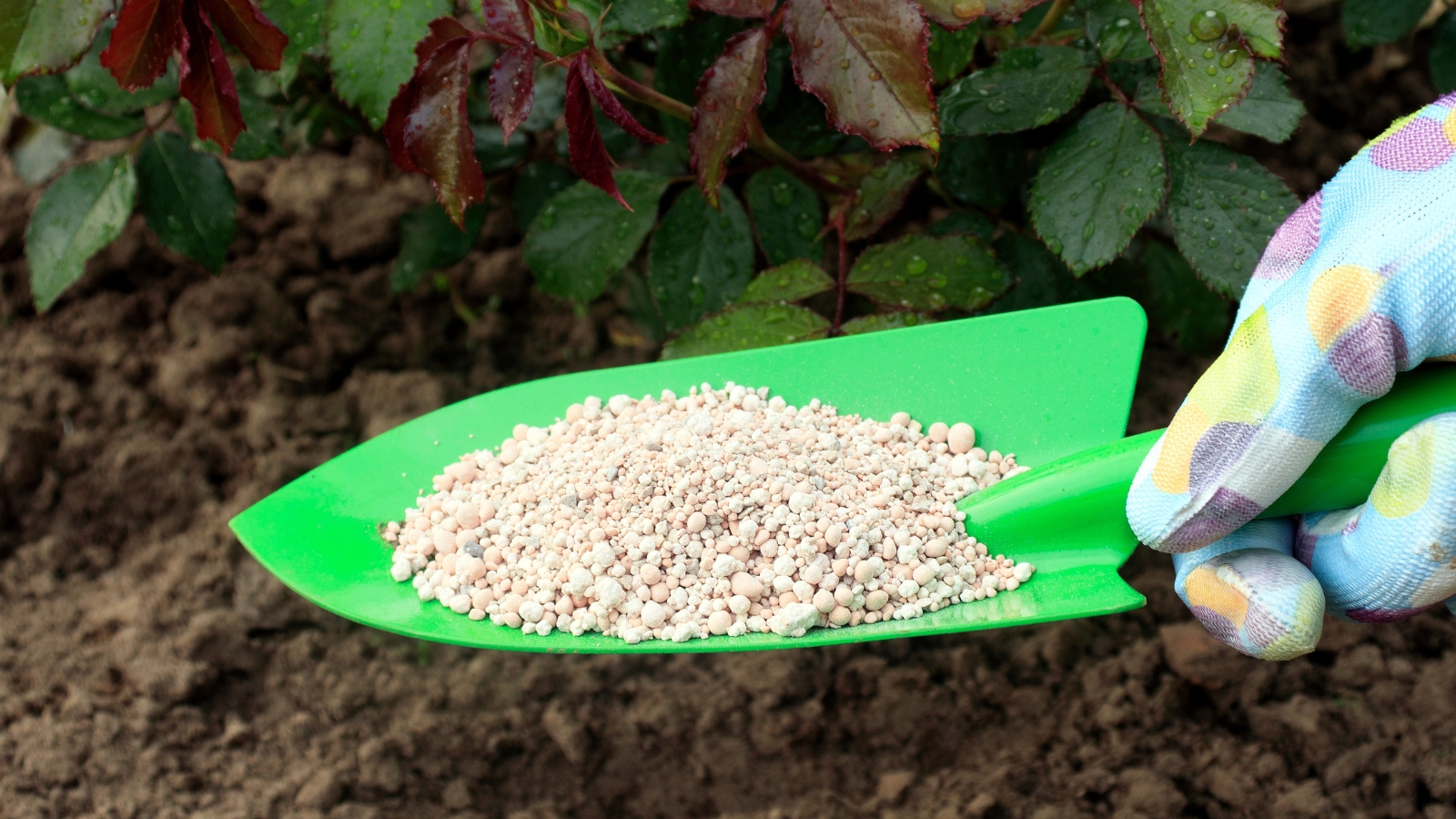
A balanced fertilizer in early spring and early summer ensures a vital growing season. Fish emulsion, seaweed extract, or an organic rose fertilizer do the trick. Mycorrhizal fungi promote healthy roots and soil by boosting nutrient exchange between microbes and soil bacterium.
Maintenance
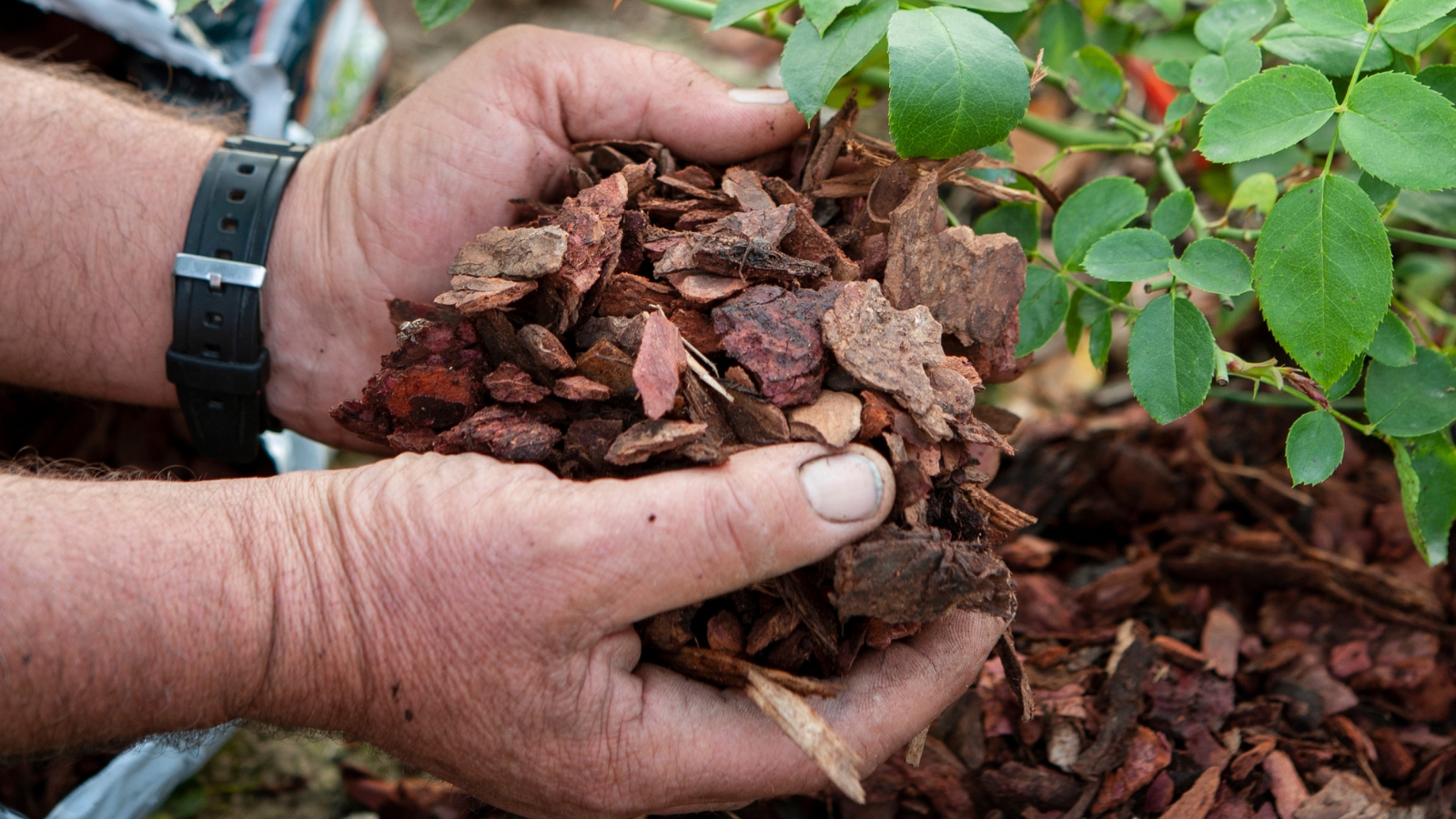
Climbing roses require a few seasonal garden tasks for the best growth. Maintain a three-inch layer of mulch year-round to retain moisture, regulate temperature, and suppress weeds. Mulch also adds nutrients to the soil as it decomposes.
To encourage reblooming, remove spent flowers. Many climbing roses free-flower all season (even without deadheading) but produce more quickly when not directing energy to seed. Stop pruning and deadheading flowers in late summer so showy hips will set for fall interest and wildlife forage.
Remove diseased leaves, plus those from the ground during the growing season and in winter, as part of regular maintenance. Removing fallen leaves and flowers promotes overall health and reduces the occurrence of pests and diseases.
Pruning in late winter before spring buds set helps plant vigor by increasing circulation and shaping plant form. Remove any crossed, diseased, or dead canes as preventative maintenance.
Propagation
Climbing roses propagate readily through hardwood cuttings. Rose cuttings may take a few years to develop into full, multi-stemmed plants, but reproducing the parent plant through cuttings is relatively easy.
Cuttings
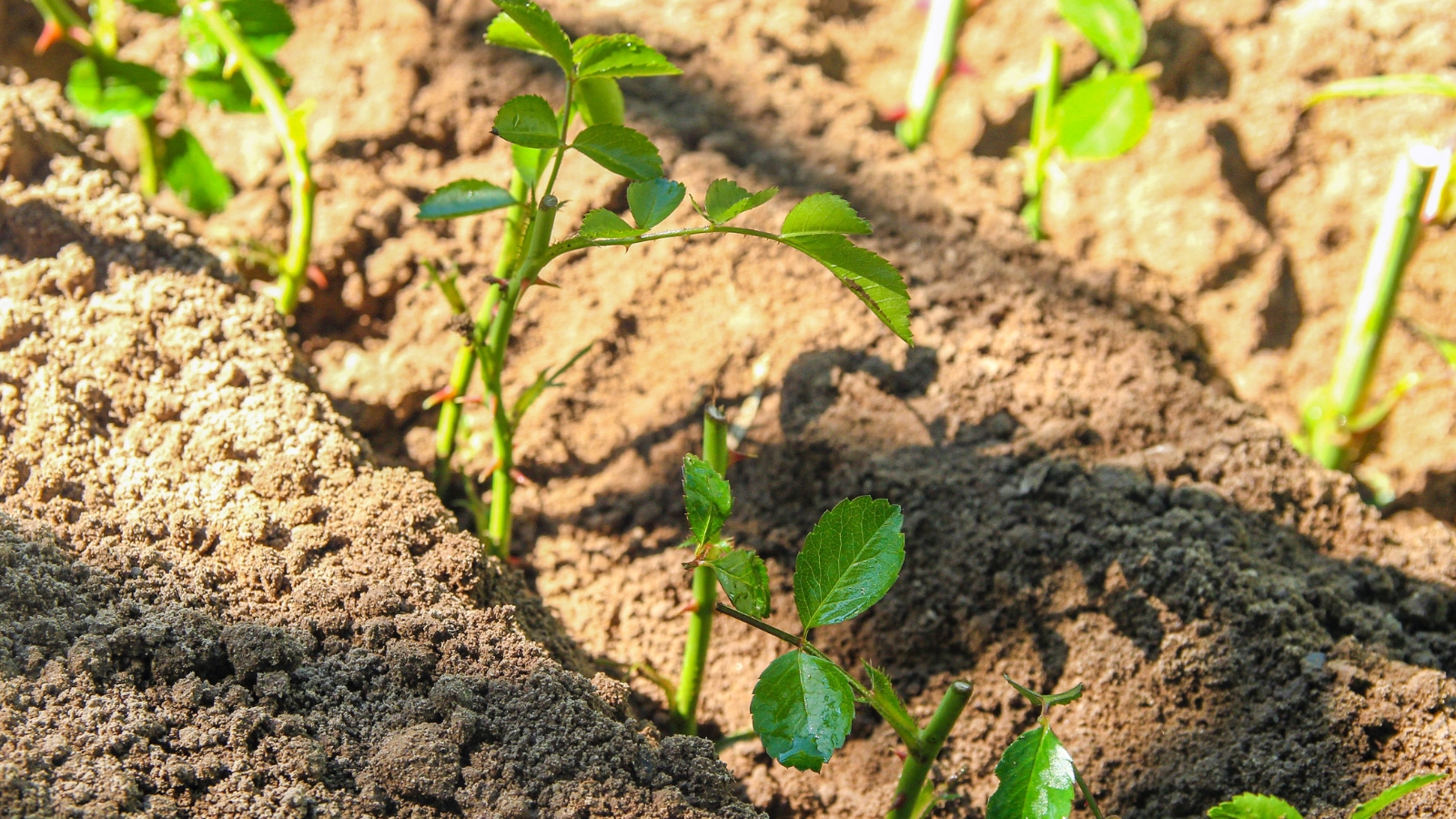
Propagate roses from cuttings in the spring or fall. Take multiple cuttings since not all may root. Here’s how best to take rose cuttings:
- Cut a six-to-eight-inch piece of stem from the tip of a healthy cane. Cut the stem at a 45-degree angle, and remove any flowers or hips down to the first layer of healthy leaves.
- Remove the foliage from the bottom ½ of the cutting, keeping any upper leaves intact. Keep cuttings moist until ready to pot.
- Moisten the cutting and dip the lower stem in rooting hormone, coating generously. Tap off any excess rooting powder.
- Stick the cutting at about half its length in a pot with moist, well-draining potting mix. Vermiculite and perlite make suitable mixtures.
- Place the pot in a bright, warm location, avoiding direct sunlight (especially direct afternoon sun).
- Water/mist as needed, keeping the soil evenly moist. When roots have taken hold and new growth emerges, transplant stems to a larger pot or into the garden. New plants will be tender.
Popular Varieties
Choosing climbing roses is the best part (aside from enjoying their floriferous bounty)! Whether you’re going for a color scheme, a fragrance, or an old-fashioned, romantic look, these roses fulfill various garden needs with an unmatched beauty.
Rosa ‘New Dawn’
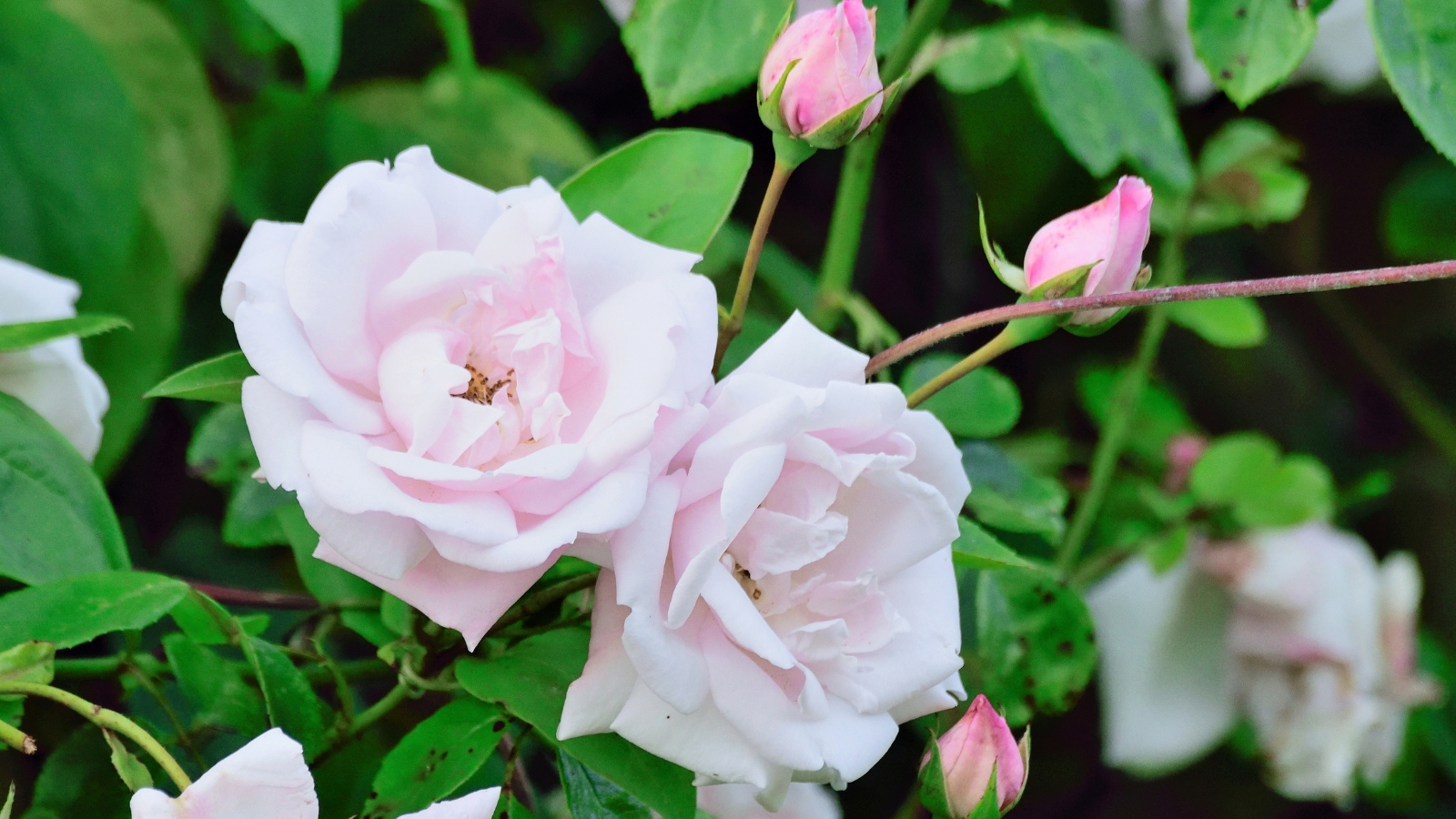
‘New Dawn’ is a classic rose with sweetly perfumed, blush pink blooms. A large-flowered climbing rose, ‘New Dawn’ excels as an easy-care, reliable, and prolific garden performer. Three-inch double flowers grace the garden in spring through frost.
A robust climber born of rambling stock, ‘New Dawn’ grows quickly in a single season, ideal for trellises, arbors, pillars, arches, and along fences. Without upright support, it grows as a free-standing shrub. This healthy climber holds multi-season appeal with abundant red rose hips in fall.
‘New Dawn’ is an Earth-KindⓇ rose, a special designation granted to select roses by the Texas AgriLife Extension Service after rigorous research and field trials. The service awards the Earth-KindⓇ designation to roses with exceptional pest and disease resistance and superior landscape performance. They tolerate poor soils and, once established, have excellent heat and drought tolerance.
Rosa ‘Iceberg’
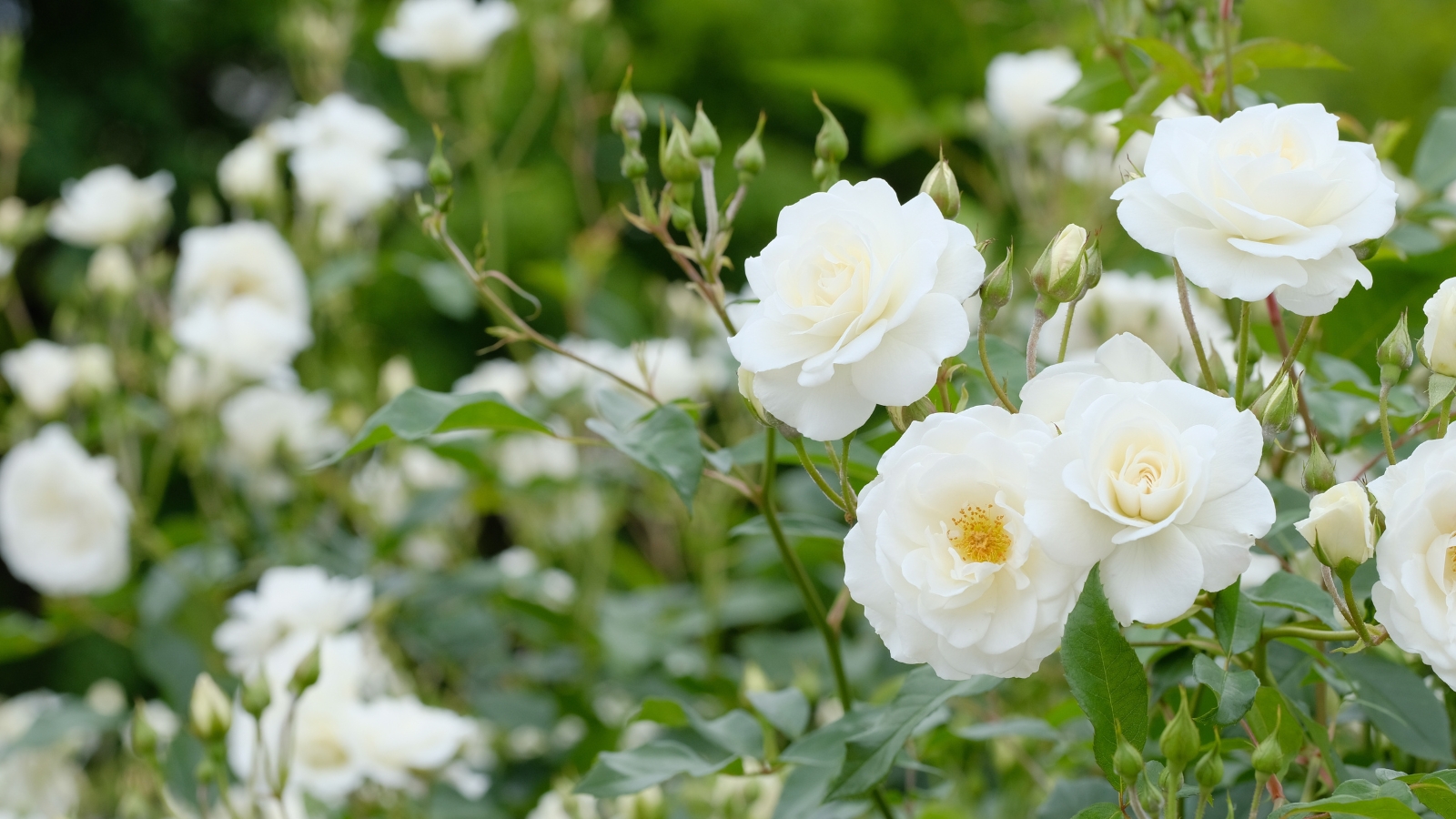
‘Iceberg’ bears a profusion of trailing white blooms throughout the summer. It fills the season with clusters of medium-sized, semi-double flowers with a light honey perfume. A pale pink center blushes the white blooms, and pollinators flock to them.
Climbing ‘Iceberg’ grows quickly with long, pliable stems that train easily. This climbing rose is a sport of the high-performing floribunda rose ‘Iceberg,’ with continual flowering, attractive foliage, and easy care nature.
‘Iceberg’ thrives with a bit of neglect. It’s tolerant of dappled light and less-than-ideal conditions. With its nonstop flowering and hardy stock, ‘Iceberg’ is worthy of its achievement as a Royal Horticultural Society Award of Garden Merit recipient.
Rosa ‘Cecile Brunner’
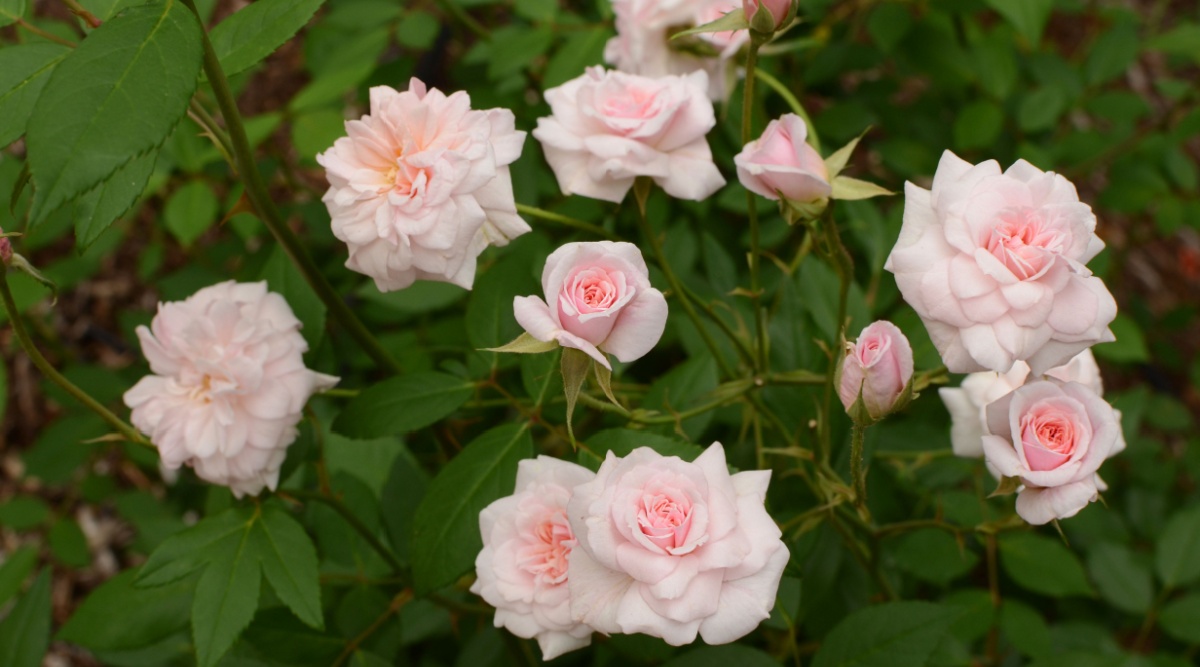
‘Cecile Brunner’ climbing rose is a sport of the much-loved sweetheart rose of the same name. A historic climbing rose, growers prize ‘Cecile Brunner’ for its clusters of small, soft, silvery pink flowers and light honey fragrance. Lovely rose blooms resemble miniature hybrid teas and emerge in abundance in the spring, with flushes through frost.
The adaptable ‘Cecile Brunner’ tolerates poor soils and partial shade. The rose has a mannerly habit, making it an ideal climber for containers, pillars, and arbors, accommodating 10 feet at maturity. It’s nearly thornless, with strong stems. New leaves are showy – small and red, becoming dark green. Plant it in masses for waves of lovely blooms.
‘Cecile Brunner’ is an Earth-KindⓇ rose rigorously tested for improved landscape performance and requiring little irrigation and no spray for pests and diseases. This conscientious, long-lived rose is also one of the easiest varieties to grow.
Rosa ‘Don Juan’
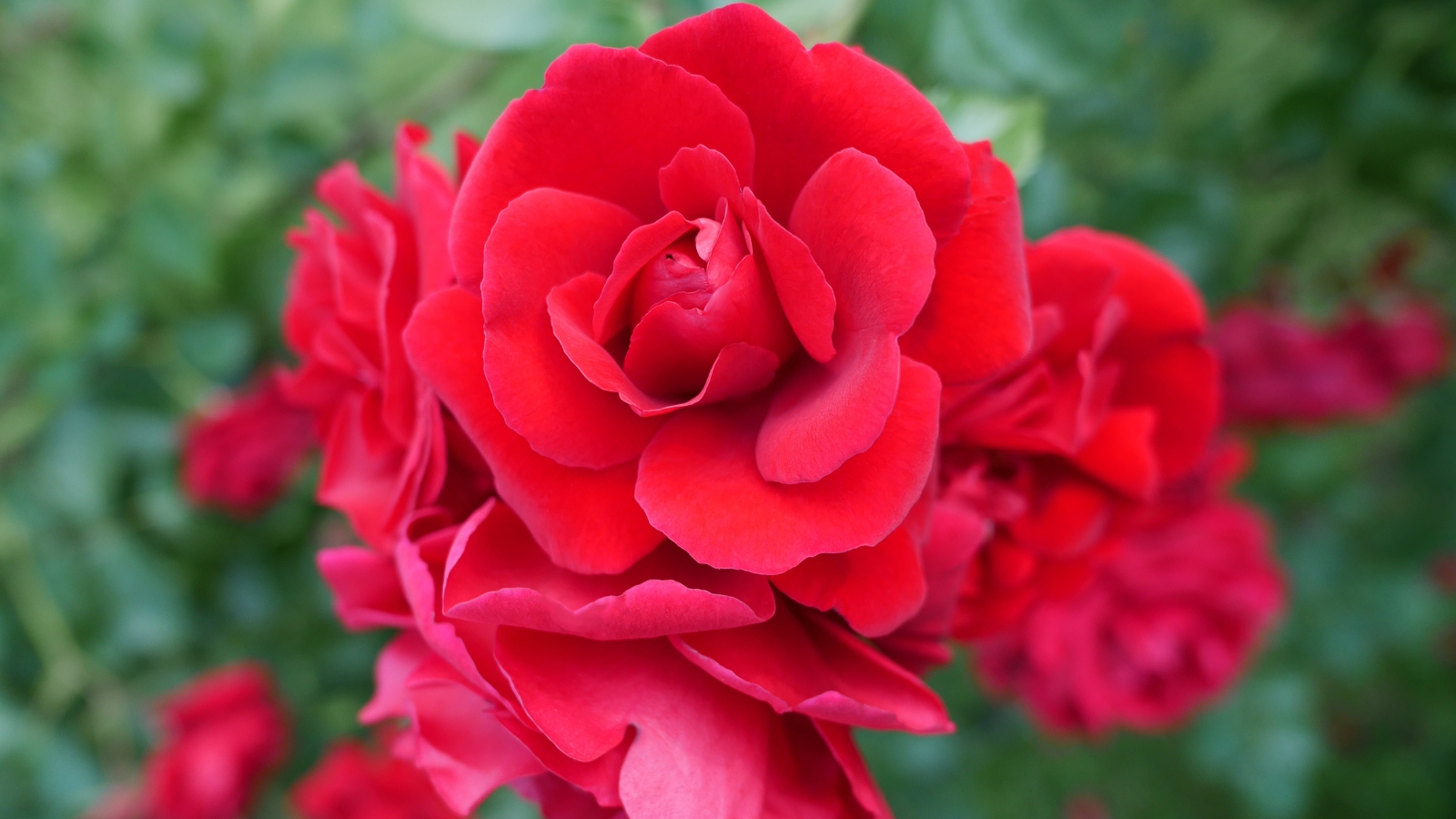
‘Don Juan’ brings velvety red blooms atop glossy, dark green, leathery foliage. Ruffly double blooms – up to four inches across – yield a fruity, old-world fragrance.
An heirloom rose, ‘Don Juan’ boasts waves of repeat blooms. It’s an award-winner due to two unique traits – being a red climber and having a strong fragrance. ‘Don Juan’ is disease-resistant and heat and humidity-tolerant.
‘Don Juan’ roses bloom on the end of long stems, making them bold and beautiful both on the plant and as cut flowers. Plant it where you’ll enjoy its fragrance all summer long.
Rosa ‘Zephirine Drouhin’
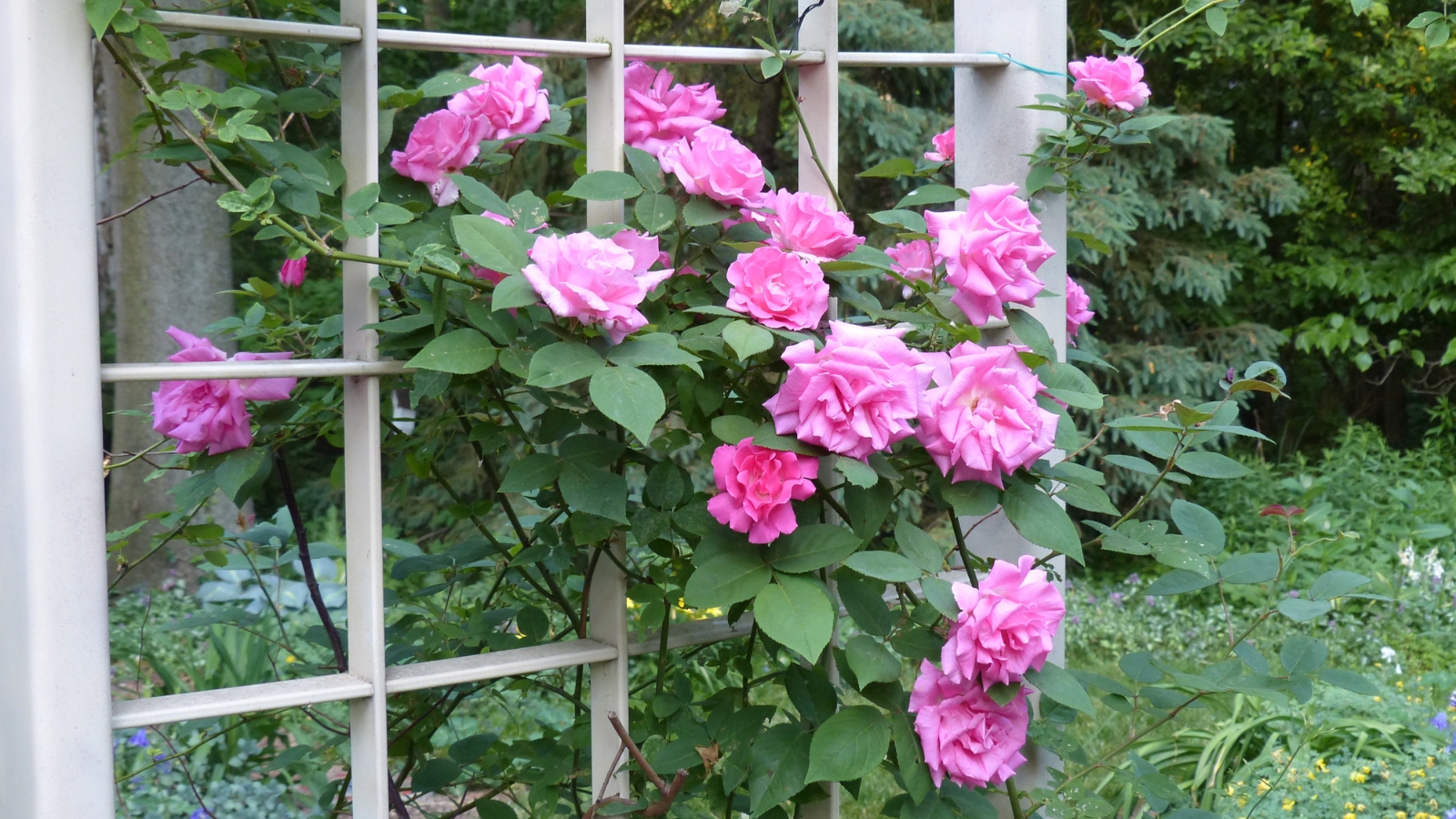
A gorgeous, time-tested climbing rose, the heirloom ‘Zephirine Drouhin’ shines in bloom color, size, and fragrance. Deep pinkish-red blooms perfume the garden with raspberry notes in spring and fall. This climber blooms all summer but is more prolific in cool temperatures.
‘Zephirine Drouhin’ is an old French Bourbon rose, hybridized in 1868 on Bourbon Island (now Reunion) in the Indian Ocean. Damask and China roses are parents to Bourbon roses, accounting for their heavenly fragrance and continual blooming.
Adaptable ‘Zephirine Drouhin’ thrives in full sun to partial shade and tolerates poor soils. As with other roses, avoid overhead watering, water in the morning, provide good air circulation, and grow in full sunlight for best disease resistance.
Common Problems
Choosing a disease-resistant plant and providing the appropriate cultural conditions are the first steps to healthy and beautiful roses.
Roses are susceptible to black spot, powdery mildew, rust, and rose rosette. They may incur aphids, beetles, scale, thrips, leafhoppers, and spider mites, among other insects.
Planting in full sun with plenty of air circulation and average moisture helps stave off infections. Pruning and removing diseased leaves helps prevent the spread of pests and diseases. Remove fallen leaves and flowers from the base of the plant during the growing season and in winter for best health.
Certain companion plantings for roses, like lavender, catmint, allium, geranium, and agastache, help repel pests like aphids and beetles. They’ll also attract beneficial insects, creating a well-rounded garden system.
Pests
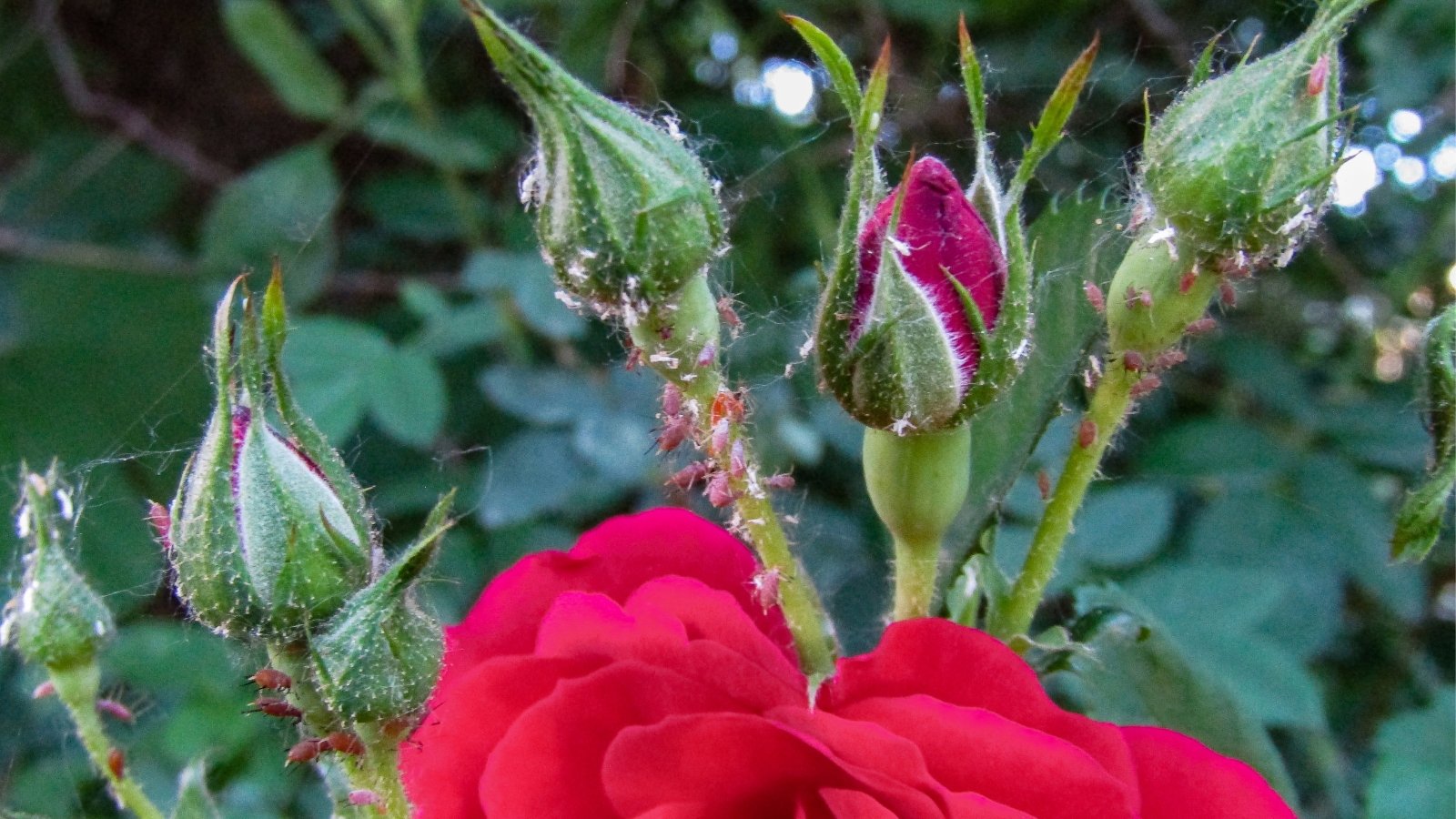
The best way to control insects is to spot them early. You’ll likely see the insects themselves, or you’ll notice their sticky waste on plants (aphids), their nibble damage to leaves (beetles), or their webbing and yellowing of leaves (spider mites).
In the active growing season, spray the plant with a strong stream of water to deter and knock insects off the stems. Do this in the morning so leaves dry in the early sun. A simple horticultural soap or oil (like neem oil) rids the plant of insects if an infestation occurs, but be sure to follow label directions, as these affect beneficial insects as well.
Diseases
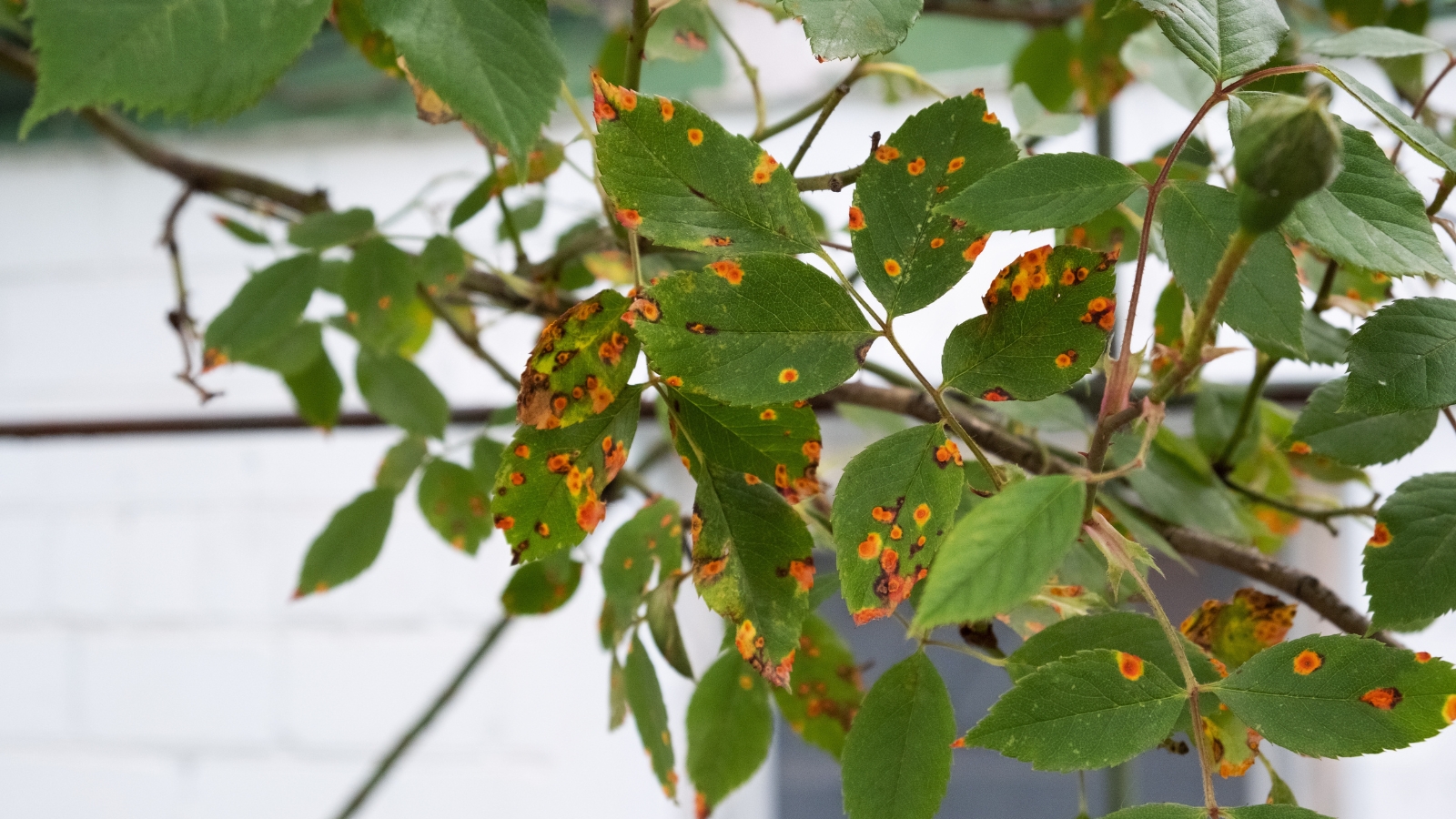
As with pests, the best disease control is prevention through cultural conditions. In general, remove problem roses from the garden to minimize chemical treatments and promote the health of surrounding plants.
Rust, a common fungal disease, occurs in hot, humid summer climates. Powdery spores appear on the undersides of yellowing leaves. If you spot rust, cut off the infected leaves. Rust spreads readily, so destroy the infected plant parts.
Powdery mildew is another common fungal disease indicated by a gray-white powdery substance on leaves, stems, and buds. Leaves may distort and drop.
Black spot fungus carries black spots with feathery margins on leaves and stems. Black spot occurs when leaves remain overly wet (from overhead watering or periods of prolonged moisture). If spraying leaves with water to deter pests, do so in the morning or midday when leaves will have time to dry in the sun.
Rose rosette is a virus that causes malformation in growth (like witches broom) and kills the plant. Remove roses with symptoms of rose rosette to prevent the fast-spreading disease.
Horticultural oils like neem treat black spot, rust, and powdery mildew (but again, these impact beneficial insects, so be sure to follow application requirements).
Frequently Asked Questions
Modern climbing roses bloom in profusion in spring and early summer, and most varieties repeat flower throughout the season. Fall brings a final flush before rose hips emerge for showy winter interest.
Climbing roses grow well in pots with a little extra care. Shorter climbing varieties (12 feet and under) make the best container options. The pot’s size determines the rose’s vigor and growth habit in a container. Use an extra-large pot to support root growth and fill it with a fertile, well-draining potting mix.
Some climbing roses adapt to various site conditions like heat, light shade, and poor soils. Climbing roses that tolerate partial shade need at least four hours of sunlight for best blooming and disease resistance. In hot summer climates, give climbing roses morning sun while protecting them from direct afternoon rays.
Final Thoughts
Climbing roses make stunning garden specimens whether trained along a support structure or allowed to arch and ramble. Use multiples of the same variety to fill tall or broad supports (they’ll meet in the middle on an arch or fence, for example). Or, get creative and mix rose varieties. With so many bloom colors available, the complementary combinations are endless!


